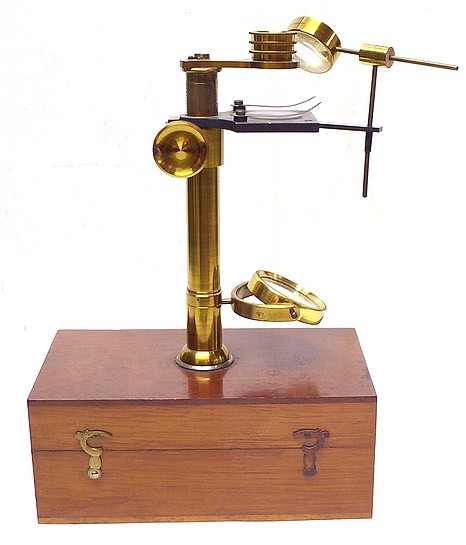
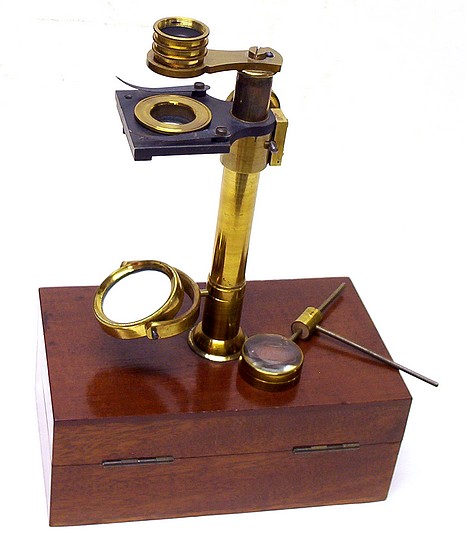
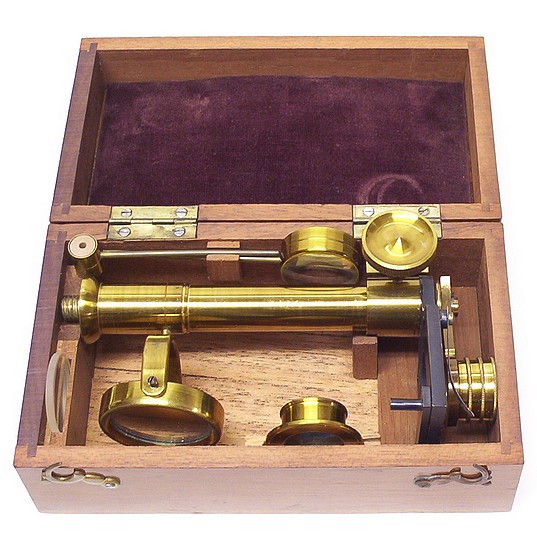
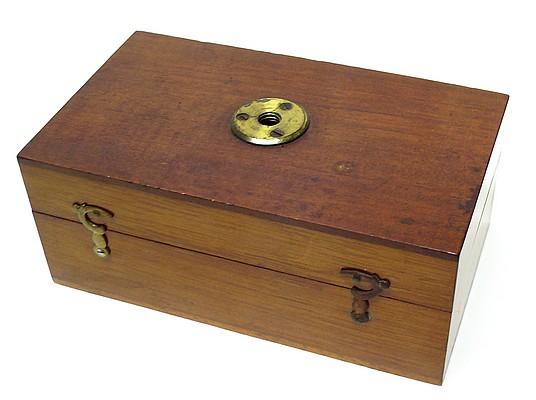
The following was extracted from the Priced and Illustrated Catalogue of Optical Instruments, James W. Queen & Co., Philadelphia, 1880:
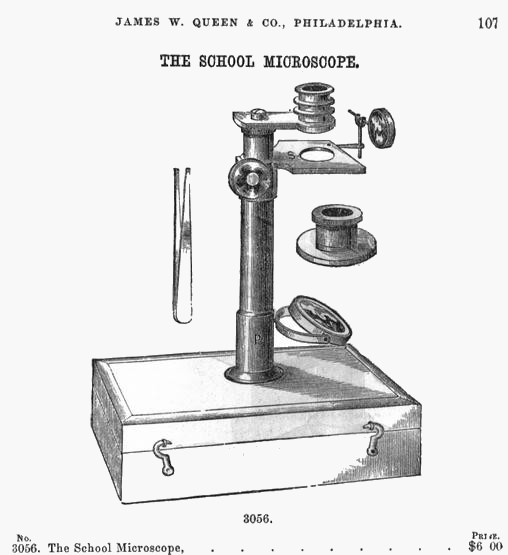




The following was extracted from the Priced and Illustrated Catalogue of Optical Instruments, James W. Queen & Co., Philadelphia, 1880:

Home-Antique Microscopes Site Index
email: wissnera@verizon.net